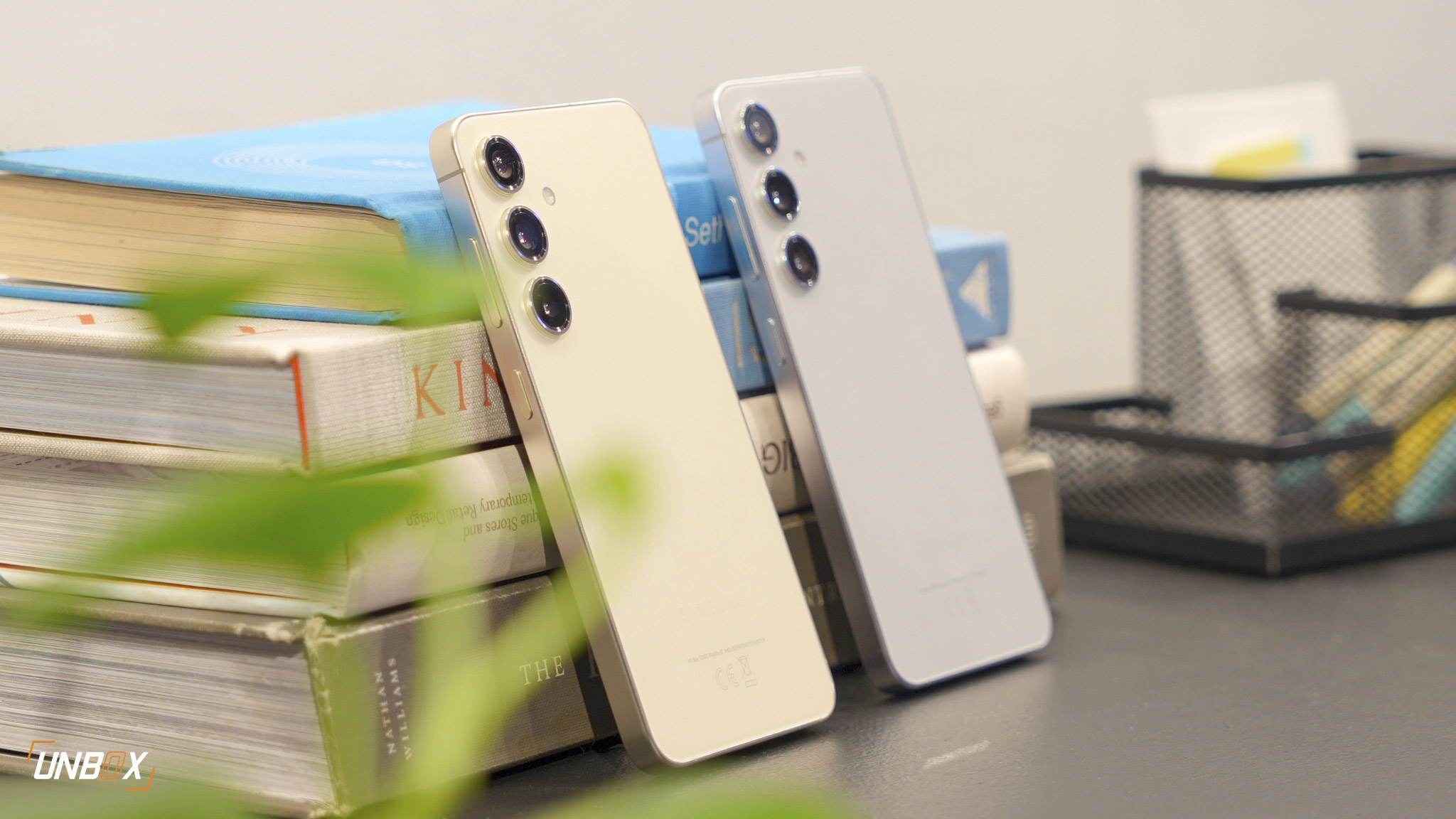ACER’s thinnest gaming notebook is a legit monster
After ASUS released their own thin-and-light gaming notebook based on NVIDIA’s Max-Q technology, its longtime domestic rival, ACER isn’t one to left the challenge unanswered. Their own take on the Max-Q technology that shrinks NVIDIA’s top-tier GPU down to fit into a relatively slim chassis isn’t as fancy or as glitzy as their competitor, but what the Triton 700 lacks in pizzaz it more than makes up for in sheer performance.

Design: no fancy tricks, just solid design through and through
While ACER’s Triton 700 doesn’t have fancy tricks like a moving bottom hinge, the overall design of the notebook is still pretty solid. Since the Triton 700 sits at the same spot as their other top-end, premium notebooks, it feels extremely solid and premium from the moment you open the lid.

Speaking of the lid, the Triton 700 has a pretty solidly-built aluminum lid, with ACER’s Predator logo proudly displayed in the middle. The sandblasted, obsidian black design of the lid extends to the chassis, which is also made from aluminum. Because of NVIDIA’s Max-Q tech, ACER has been able to shrink overall thickness of the Triton 700 down to just 18.9mm, which puts it squarely in ultrabook territory. While there’s certainly plenty of other notebooks out in the market today that’s thinner, let’s not forget that the Triton 700 has one of the most powerful discrete GPUs lurking inside its slim chassis.

The display of the Triton 700 is a 15.6-inch, full HD IPS matte display that has 120Hz refresh rate along with NVIDIA’s G-Sync tech. Games look buttery smooth with the laptop’s display though nitpicky gamers may complain about the decision to use an IPS panel over a faster TN panel.

Once you open the lid, you’ll see the full QWERTY keyboard, with a Gorilla Glass touch panel right above it. On the left side of said panel you’ll barely see one of the two Aeroblade 3D fans that cool the notebook when it’s working under full load. The Gorilla Glass touch panel looks great, though it performs rather terribly as a touchpad. That doesn’t really matter much anyway, since you’ll be using a gaming mouse most of the time with the Triton 700.


There’s a bunch of ports for the Triton 700, including 3 USB 3.0 ports, a Thunderbolt port, plus a hidden USB 2.0 port behind a flap. The power plug attaches to the rear of the chassis, which is nice since it doesn’t interfere with your connections on either side of the notebook.

ACER’s found a way to fit a mechanical keyboard into the Triton 700’s chassis, though it feels a little different than the mechanical keyboards we’re used to. The travel is a little short for mechanical keys which threw off us a bit, though the typical clack-clack sound of the keyboard keys you in that it’s not just a regular membrane keyboard with fancy LED backlights. Speaking of backlights, the Triton 700’s keyboard has fully customizable keys that you can change the color of if you’re so inclined.
Performance: Fully decked out gaming notebook can run anything well
NVIDIA’s Max-Q tech allows companies to stuff in a GTX 1080 GPU into a small, confined space like an ultrabook for desktop-like performance, though like anything there were compromises made to make the magic happen. The GTX 1080 GPU inside the Triton 700 is a slightly underclocked compared to non Max-Q models. With a default clock of 1290MHz and a boost clock of 1468MHz, the GTX 1080 GPU inside the Triton 700 is certainly not equivalent to the desktop version.
Despite that though, it’s still a beastly GPU. The graphical prowess of the GPU is complimented by an Intel Core i7-770HQ processor, 32GB of DDR4 memory, plus 2 512GB of SSD 2D NVMe in a Raid 0 configuration.
The overall hardware config is certainly a little better than the offering of their Taiwanese rival, with ACER basically maxing out the notebook’s specs. Let’s take a look at the benchmarks:


Long story short, depsite the limitations of the Max-Q system, the GTX 1080 GPU is still a pretty formidable graphics card. The Triton 700 will be able to run most, if not all current and upcoming AAA games on high and ultra settings with framerates above 60 FPS.



The notebook tends to run a little hot, with temperatures on the touchpad reaching around 60 degrees Celsius on a full load which is uncomfortably warm.
If there’s one thing we don’t like about the Triton 700’s performance, it’s sound quality. The notebook is supposedly armed with Dolby Atmos Audio, but we found the speakers on the notebook wasn’t quite up to snuff, with poor volume.
Battery life: Stay near an outlet at all times
While the Triton 700 may look like an ultrabook, it doesn’t have the legs to approximate an ultrabook’s performance away from a socket. We barely got 2 hours of useful battery life with the notebook with regular browsing, email, social media use and productivity, so gaming on the go purely on battery is definitely out of the question.

Verdict: Thin and light gaming taken to the extreme
What ACER’s Predator Triton 700 lacks in elegance and design chops, it makes up for in performance. ACER took the idea of a thin-and-light gaming machine and ran with it, stuffing the notebook with the very best components and hardware currently available to make a monstrous gaming PC. While it’s significantly more expensive than other Max-Q notebooks in the market today, the added hardware and performance bump is worth it if you have a lot of money to burn.
The ACER Predator Triton 700 is priced at Php 229,999.







